Recently, the phrase "high-tech medicine , new technology, modern technology" has appeared more frequently in the media. New medical techniques are not only applied in one hospital unit but also in many hospitals; not only treating domestic patients but also foreign patients. This is proof that Vietnamese medicine has gradually shortened the development gap with international patients. The prospect of developing Ho Chi Minh City into a specialized medical center in the ASEAN region is getting closer. And the dream of Vietnam becoming a medical tourism market is becoming more and more realistic.
Medical team from Tu Du Hospital and Children's Hospital 1 (HCMC) performed fetal intervention for a pregnant Singaporean woman, May 2025
PHOTO: BV
First time in Vietnam, surgery to treat pain in cancer patients
On June 14, the University of Medicine and Pharmacy Hospital in Ho Chi Minh City announced that for the first time, the hospital performed surgery to treat pain in cancer patients. And this technique is also the first time performed in Vietnam.
Female patient TTMT (69 years old, District 7, Ho Chi Minh City) was diagnosed with stage 3 left breast cancer, underwent mastectomy and axillary lymph node dissection, and received radiotherapy 8 weeks after surgery. About a year ago, the patient experienced pain in the neck area spreading to the shoulder and left arm, gradually weakening the left arm, with pain day and night. The pain was severe, about 7-8 attacks/day. This caused the patient to lose her appetite, lose sleep, and use a lot of painkillers, severely affecting her quality of life.
After treatment in many places, in May 2025, the patient came to the University of Medicine and Pharmacy Hospital in Ho Chi Minh City and received multimodal treatment from nerve pain relievers, rehabilitation, psychotherapy, nerve blockade... but had poor response to treatment. After being consulted for treatment according to a multidisciplinary approach model, the patient was indicated for DREZtomy surgery.
Before, it took me 20 minutes to struggle in the toilet. Now it only takes 10 seconds. For the first time in 15 years, I can drink water comfortably without worrying. I feel like I have been born again. I never expected that the place where I was successfully treated would be a public hospital in Ho Chi Minh City.
BN DF, an American businessman
According to Dr. Le Viet Thang, Department of Neurosurgery, University of Medicine and Pharmacy Hospital, Ho Chi Minh City, neurosurgery, especially methods of destroying pain pathways such as DREZotomy (impacting the spinal cord area right at the exit of the posterior root), is considered when cancer patients experience severe pain that cannot be controlled by medical treatments, including morphine, radiation therapy or other interventions. This indication is usually given after a comprehensive assessment by a multidisciplinary team of experts: oncologists, palliative care physicians, pain physicians and neurosurgeons. This is to ensure that the benefits of pain relief outweigh the potential risks of DREZotomy surgery.
Medical team from Tu Du Hospital and Children's Hospital 1 are intervening on the fetus of a pregnant Singaporean woman, May 2025
PHOTO: BV
After surgery, patient T.'s pain level decreased significantly. The patient improved sleep quality, increased mobility and reduced dependence on painkillers. The patient's quality of life was significantly improved, with the ability to participate in daily activities and better social communication. According to Dr. Thang, this is an important step forward in improving the quality of palliative care for cancer patients in Vietnam.
Dr. Thang added that the first surgery in Vietnam to block or cut off the pain signal transmission pathway in the dorsal horn of the spinal cord for a patient posed many challenges. First, it was necessary to accurately determine the location of the lesion in the spinal cord to ensure effective pain relief without causing other functional damage such as leg weakness. Second, because this was the first case, technical preparation (the surgeon was trained in more than 20 DREZtomy cases), equipment for intraoperative electrophysiological monitoring and training of the medical team were also major challenges. Finally, ensuring patient safety during surgery and post-surgery also required close coordination between specialties, modern imaging diagnostic methods, etc.
Traveling 9,000 km from Africa to Vietnam for kidney stone treatment
Mr. G. (49 years old, from Burundi, Africa) had a dull pain in his lower back for many months. He went to a medical facility in Burundi for a health check and discovered large stones in both kidneys, but the treatment of large kidney stones in this country is still limited, making him uneasy. Mr. G. works for a multinational company, including Vietnamese nationals. He had heard about the development of the Vietnamese healthcare system and its reasonable costs. Through many information channels, he decided to choose Tam Anh General Hospital in Ho Chi Minh City. From Africa, Mr. G. flew 3 connecting flights to Ho Chi Minh City with a journey of 9,000 km. Mr. G. stayed in Vietnam for 2 weeks.
Professor Joel Gelman, UC Irvine, USA, is instructing doctors on urethroplasty at Binh Dan Hospital.
PHOTO: BV
"The results of the diagnostic imaging showed that in the left kidney of patient G. there was a 20 - 25 mm stone, causing hydronephrosis. The right renal pelvis had a large stone about 20 mm. The patient had many large stones in both kidneys, so 2 lithotripsy sessions were needed to completely and safely resolve the problem," said Dr. Tran Huy Phuoc, Center for Urology - Nephrology - Andrology, Tam Anh General Hospital, Ho Chi Minh City. In May 2025, the patient underwent the first lithotripsy. The doctor performed retrograde renal lithotripsy with a flexible tube to resolve the stone in the right kidney. After approaching and seeing the stone, the doctor crushed the stone into tiny pieces using laser energy and eliminated the stone from the body through the urinary tract. The patient was discharged after 24 hours. The doctor scheduled the patient to return to Vietnam for a follow-up visit after one month to completely resolve the stone in the remaining kidney.
After the surgery, patient G. shared: "I chose Vietnam because I trust your medical system and doctors. I have seen and read a lot of news about Vietnamese doctors examining and treating us Africans - you are very friendly, very lovable, the cost of treatment in Vietnam is not too high like some countries. On the other hand, what impressed me was the team of doctors and nurses who are very good, experienced, and can communicate in English with patients so there is no language barrier". During his stay in Vietnam, Mr. G. visited Ho Chi Minh City with places such as Thong Nhat Hall, Cu Chi tunnels and the Mekong Delta provinces, Phu Quoc (Kien Giang).
Surgeries with international significance
Also in May 2025, fetal intervention specialists from Tu Du Hospital in collaboration with pediatric cardiovascular intervention specialists from Children's Hospital 1 successfully intervened in a case of complex congenital heart defect in a 22-week-old fetus of a Singaporean mother. This is the most complex cardiac intervention case ever.
After the intervention, the pregnant couple shared: "This experience will forever be in our hearts. No words can express our gratitude to the wonderful medical team in Vietnam. Thank you so much for everything you have done for us."
According to the assessment of Professor, Dr. Tang Chi Thuong, Director of the Ho Chi Minh City Department of Health, this success is the result of a systematic investment process in the right direction, the result of close coordination between specialties: obstetrics and gynecology, pediatric cardiology, neonatal anesthesia and resuscitation, diagnostic imaging... of the two final hospitals of Ho Chi Minh City. The Minister of Health and the leaders of the Ho Chi Minh City People's Committee also congratulated and rewarded the cardiac catheterization team.
Doctor of Neurosurgery Department, University of Medicine and Pharmacy Hospital, Ho Chi Minh City examines a patient
PHOTO: BV
Meanwhile, in mid-May 2025, Binh Dan Hospital (HCMC) performed complex urethral stricture reconstruction surgery for patient DF, an American businessman. According to his medical history, about 15 years ago, Mr. DF suffered an injury after an accident and since then suffered from severe urethral stricture, his kidney and bladder function gradually declined. The patient had sought treatment at many leading medical facilities in the world but did not achieve the expected results. 6 failed surgeries and many painful urethral dilations caused the patient to fall into despair, mental breakdown and loss of faith in the possibility of recovery.
In April 2025, he decided to go to Binh Dan Hospital for treatment advice. On May 17, Dr. Do Lenh Hung, Head of the Department of Urethral Reconstructive Surgery, and his team performed urethral reconstructive surgery for Mr. DF. Within 2 hours, despite many difficulties due to old injuries and a complicated surgical history, the surgery was successfully performed.
After the surgery, patient DF shared emotionally: "Before, I spent 20 minutes struggling in the toilet. Now it only takes 10 seconds. For the first time in 15 years, I can drink water comfortably without worrying. I feel like I was born again. I never expected that the place where I was successfully treated would be a public hospital in Ho Chi Minh City."
Impressive numbers
From 2023 to 2025, Binh Dan Hospital performed nearly 1,100 surgeries for international patients from 26 countries and territories. Treatment areas that attract foreign patients include: robotic surgery for prostate cancer, colorectal cancer, urethral reconstruction surgery, infertility treatment and male genital reconstruction.
According to Associate Professor, Dr. Tran Vinh Hung, Director of Binh Dan Hospital, as part of the strategy to develop Ho Chi Minh City's healthcare system into a regional high-tech center, Binh Dan Hospital focuses on building a quality team, developing specialized techniques, promoting research - training and international integration. In addition to expertise, the medical team is also required to be good at communication and fluent in foreign languages to meet the needs of foreign patients.
Binh Dan Hospital also regularly sends doctors to perform demonstration surgeries and transfer techniques in countries such as India, Thailand, Malaysia, Indonesia, Philippines... Conversely, many doctors from the US, Australia and other countries in the region also come to study at the hospital, especially in the fields of endoscopic surgery and urethroplasty.
According to a report from Tam Anh General Hospital in Ho Chi Minh City, the number of foreign and overseas Vietnamese customers coming to the hospital for medical examination and treatment has increased over the years. Specifically, in 2022 there were about 3,400, in 2023 nearly 7,000, and in 2024 about 10,000. Customers mainly come from the US, Cambodia, China, Australia, Korea, Canada, France, India, Russia, Japan, Singapore, Germany, Philippines, etc. Particularly at the hospital's weight loss center, from September 2024 to the end of June 2025, out of more than 5,000 customers coming to lose weight, foreigners accounted for 10%.
In addition, the number of overseas Vietnamese and foreigners coming for dialysis at Tam Anh General Hospital in Ho Chi Minh City has increased 4 times in just 1 year. Patients are mainly from the US, Germany, Australia, Canada, France, Korea, etc. Many customers shared that they came to Vietnam for tourism and stopped by the hospital for dialysis to continue their journey to other countries.
"These numbers are objective evidence reflecting the reputation of hospitals in Ho Chi Minh City, as well as the Ho Chi Minh City health sector in the hearts of the international patient community," said Professor, Dr. Tang Chi Thuong.
Thanhnien.vn
Source: https://thanhnien.vn/y-te-viet-nam-vuon-tam-quoc-te-185250614220153077.htm


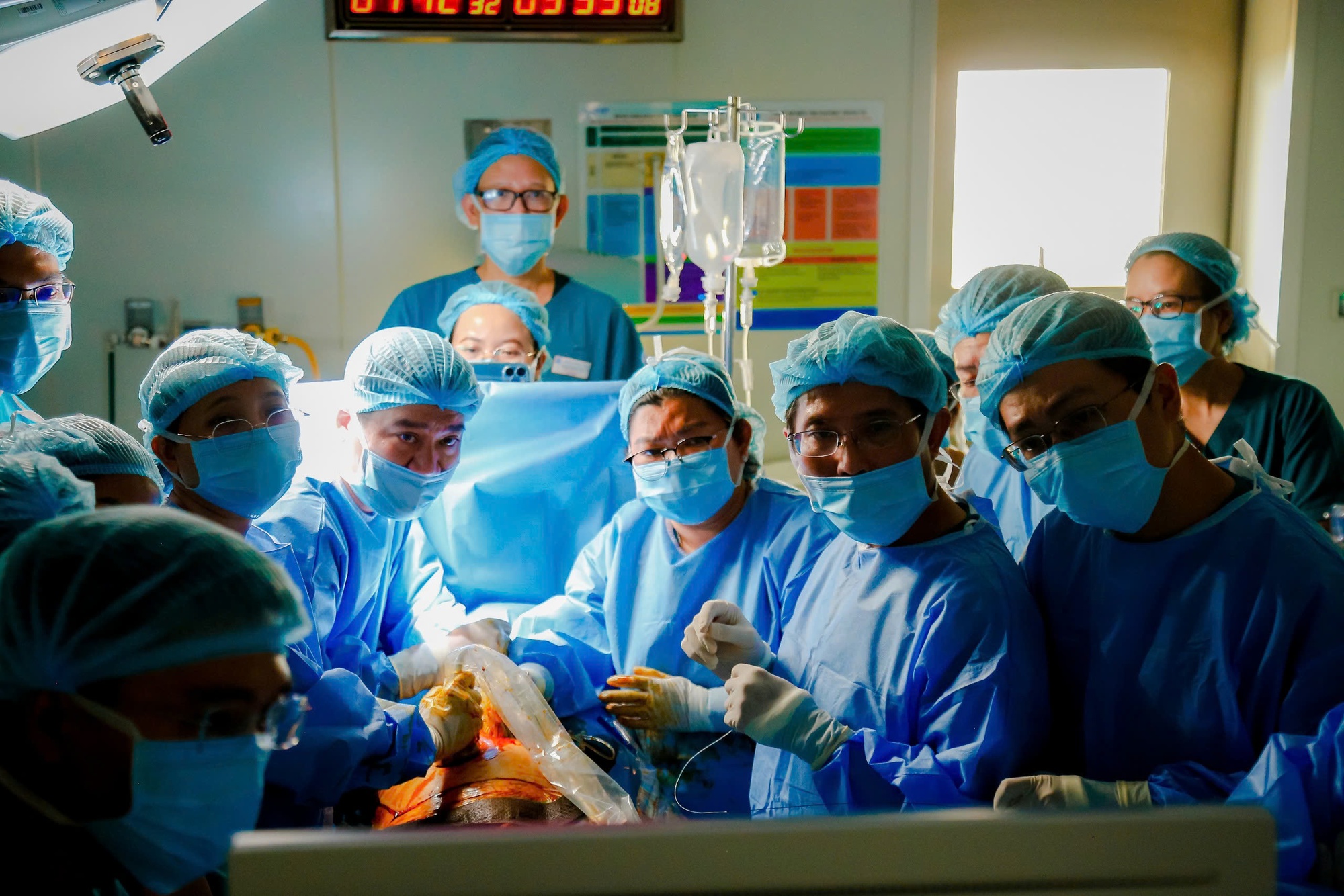
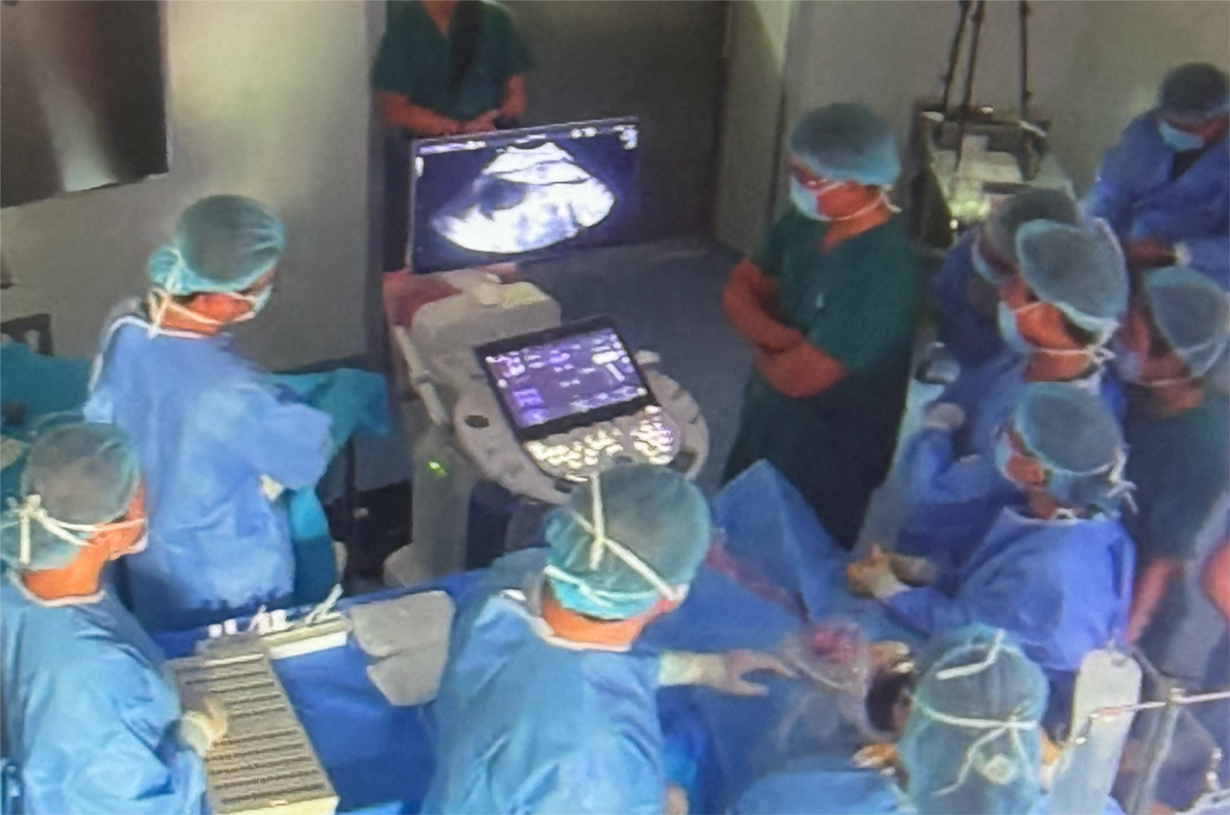

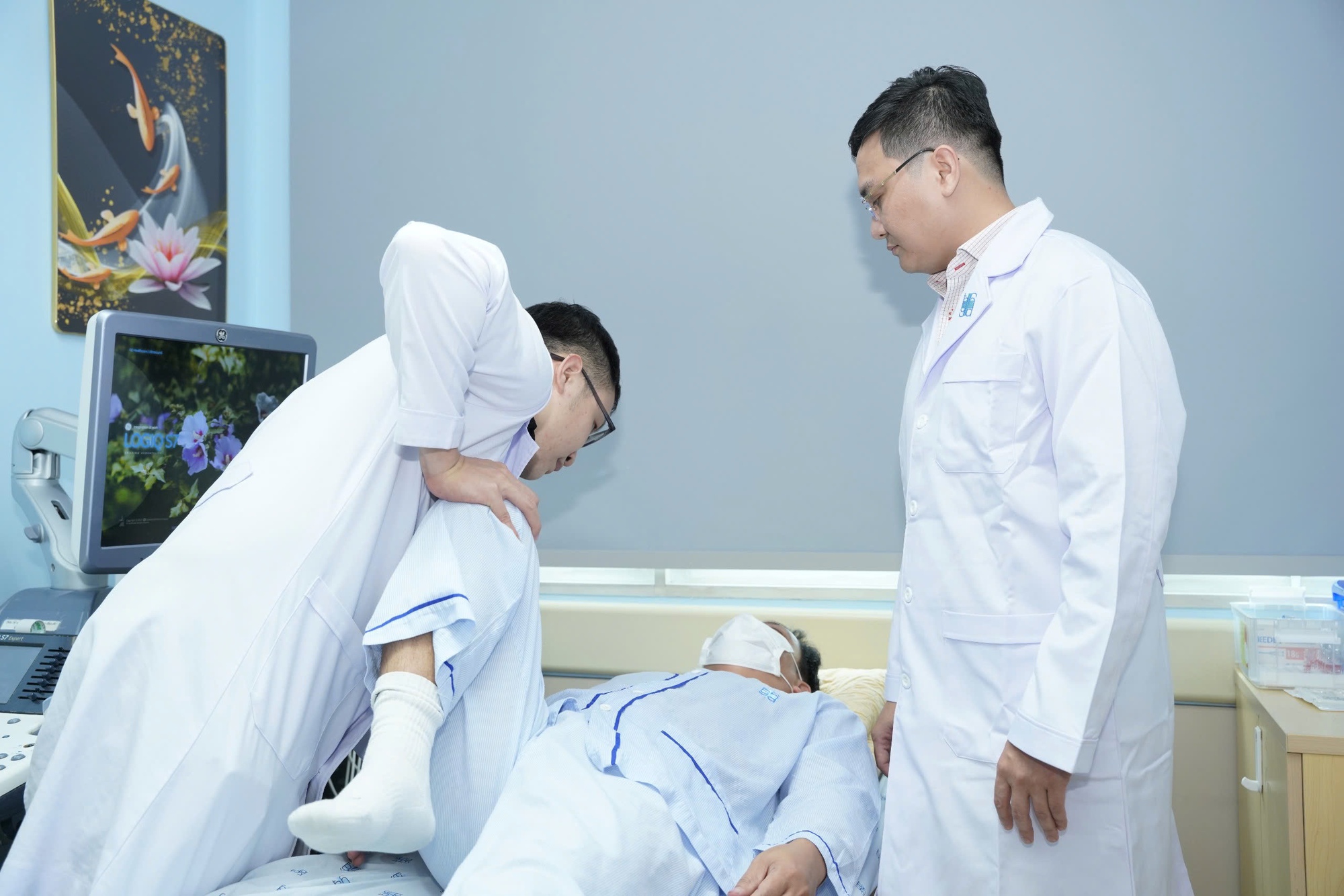
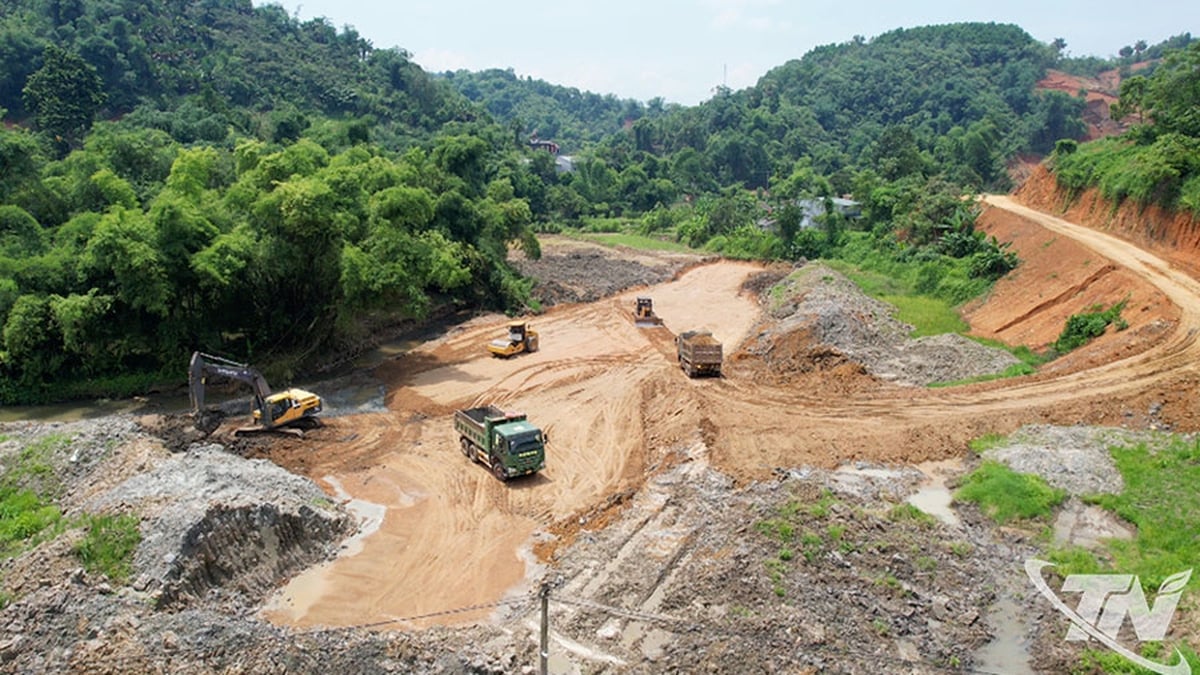


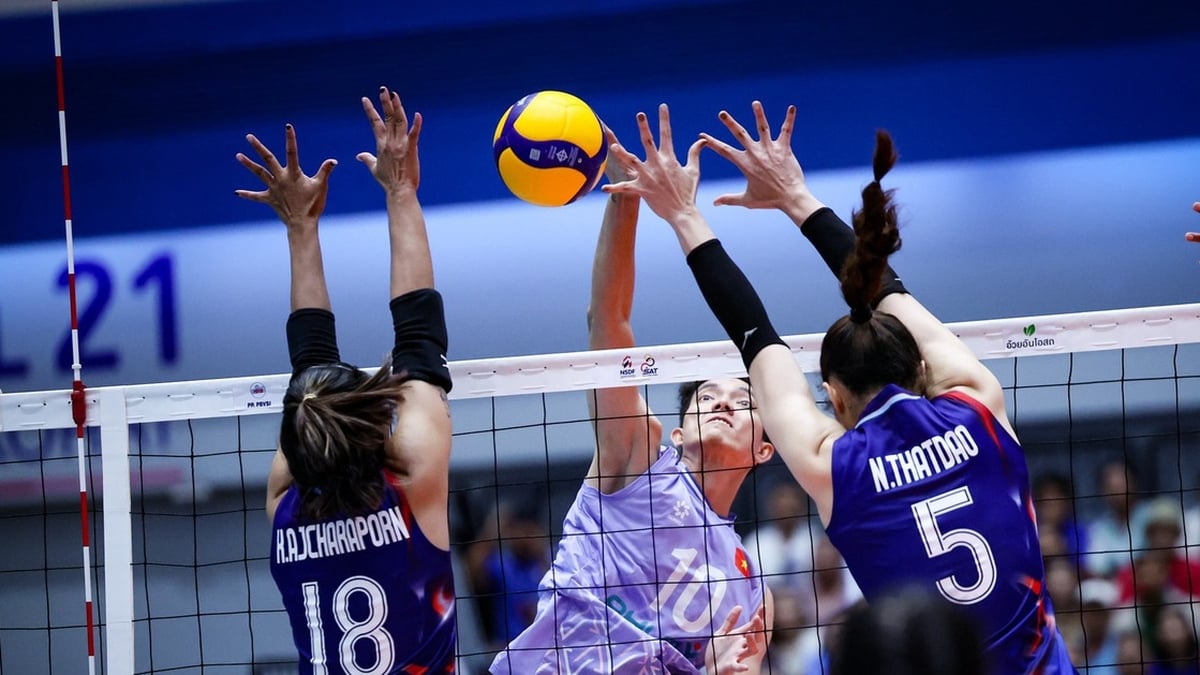
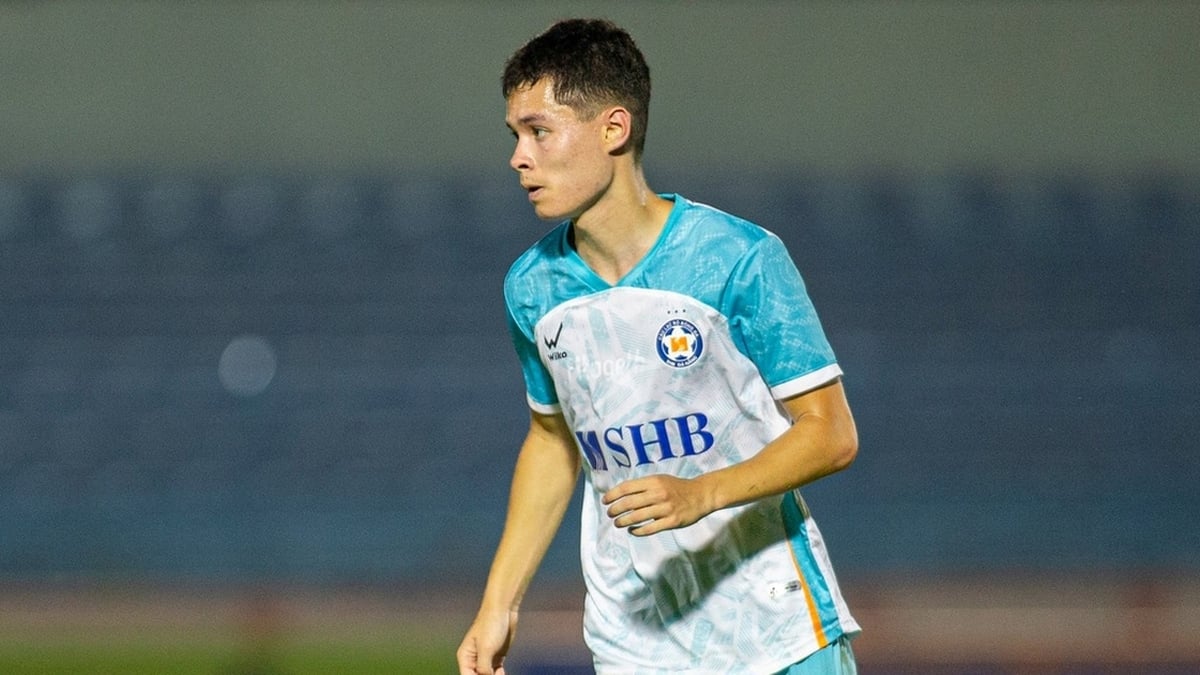

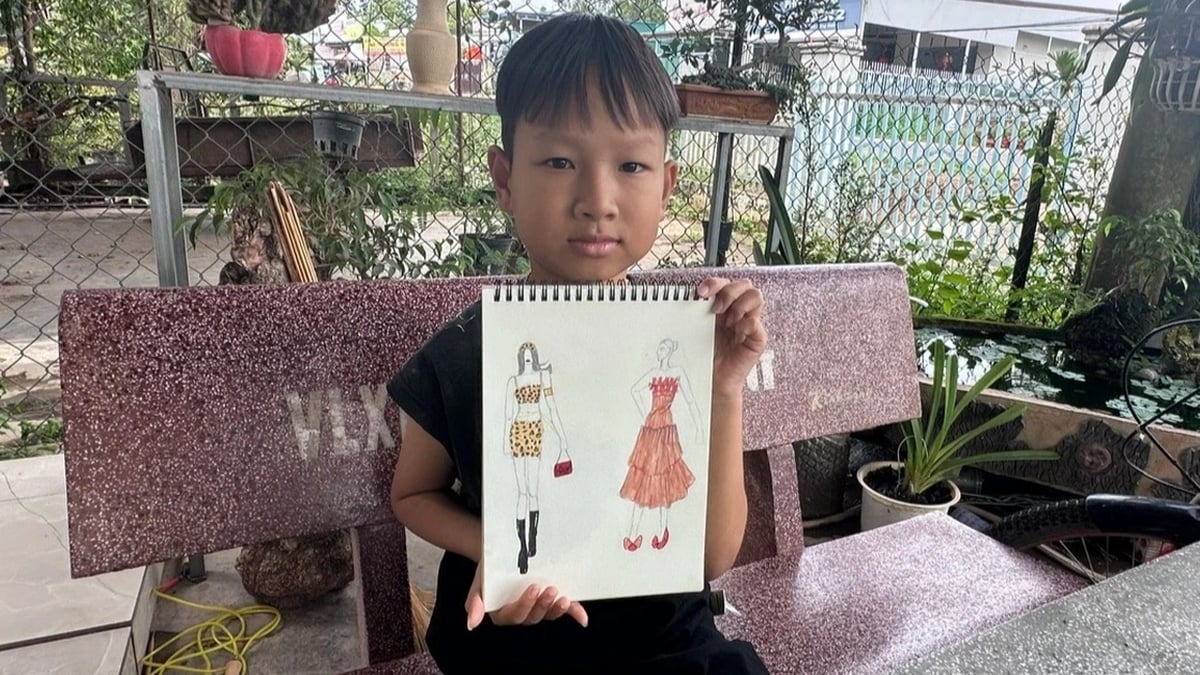
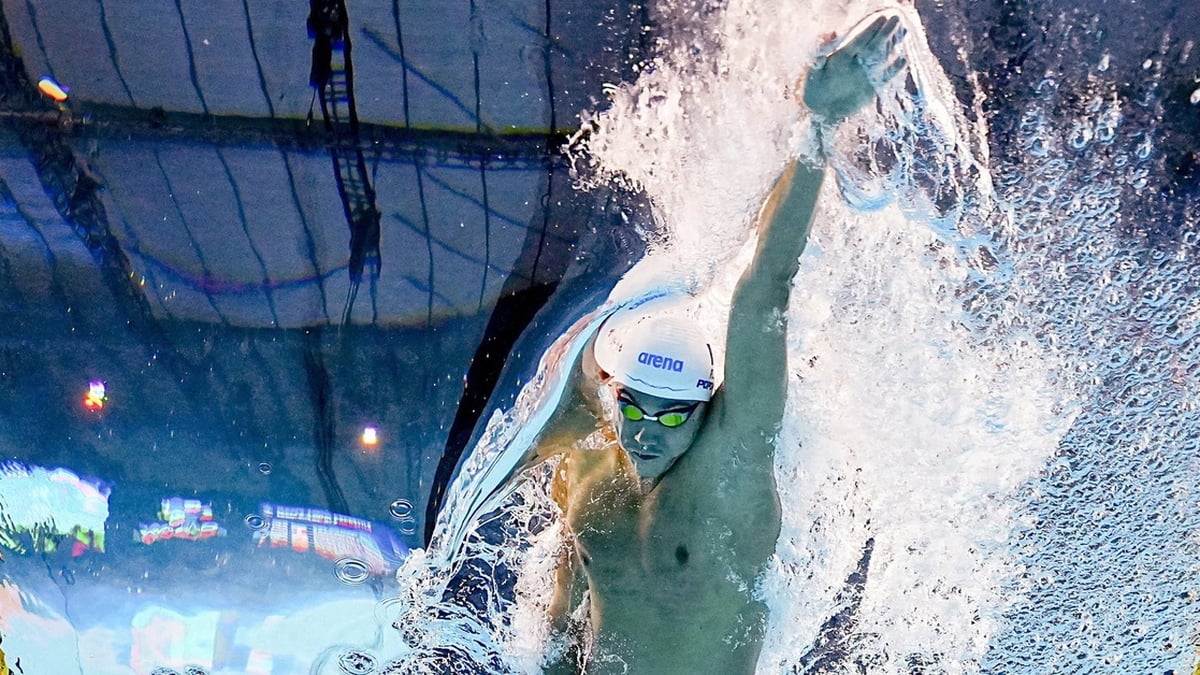
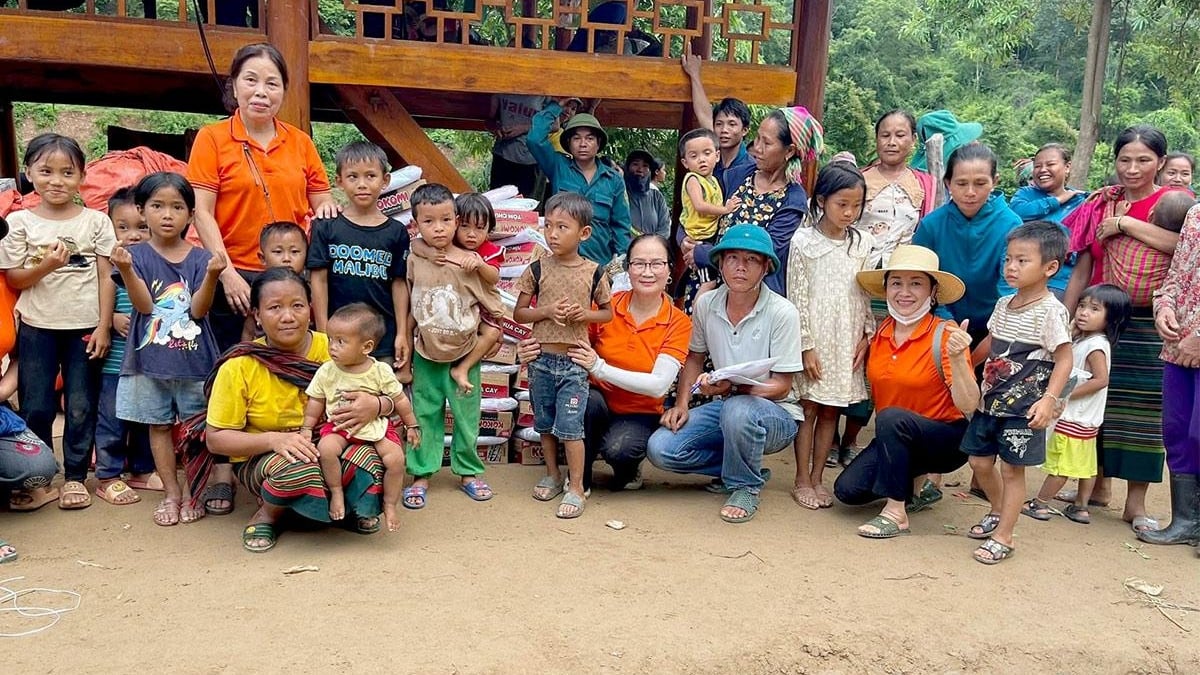
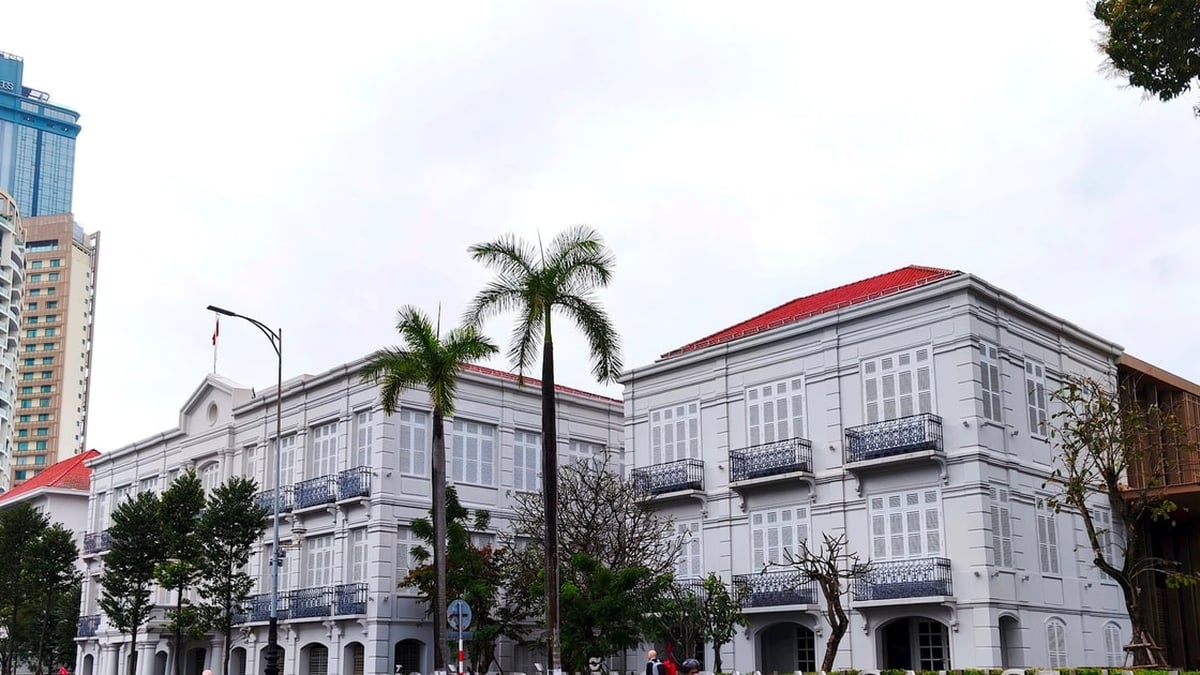










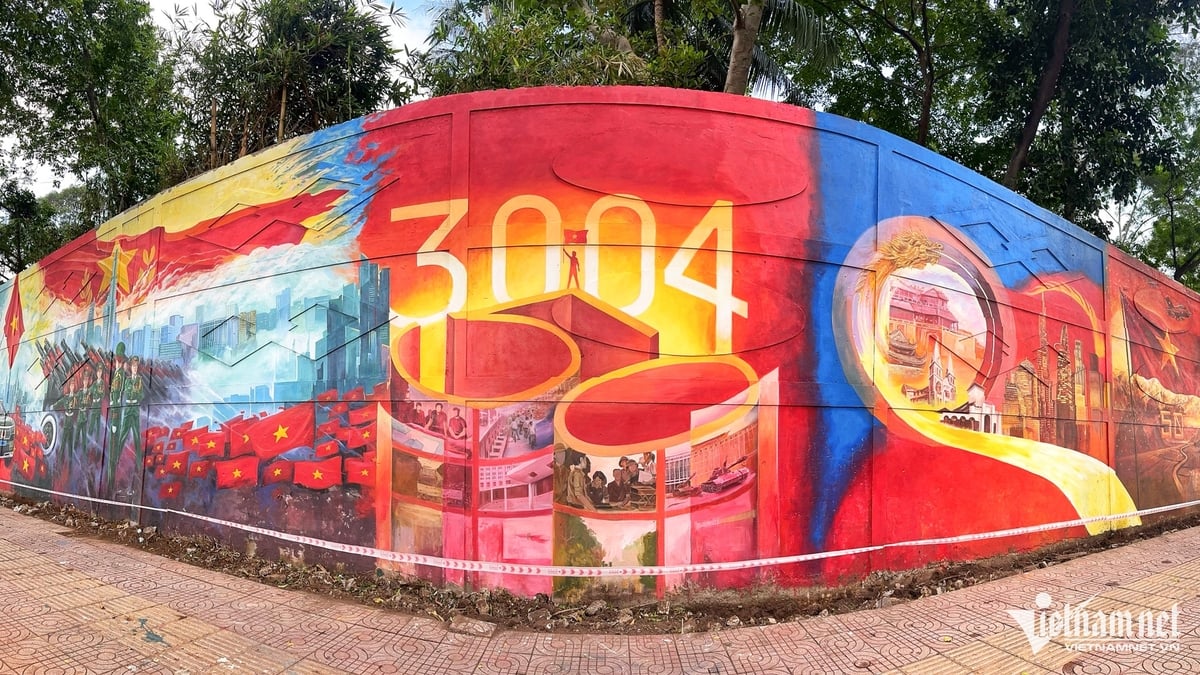


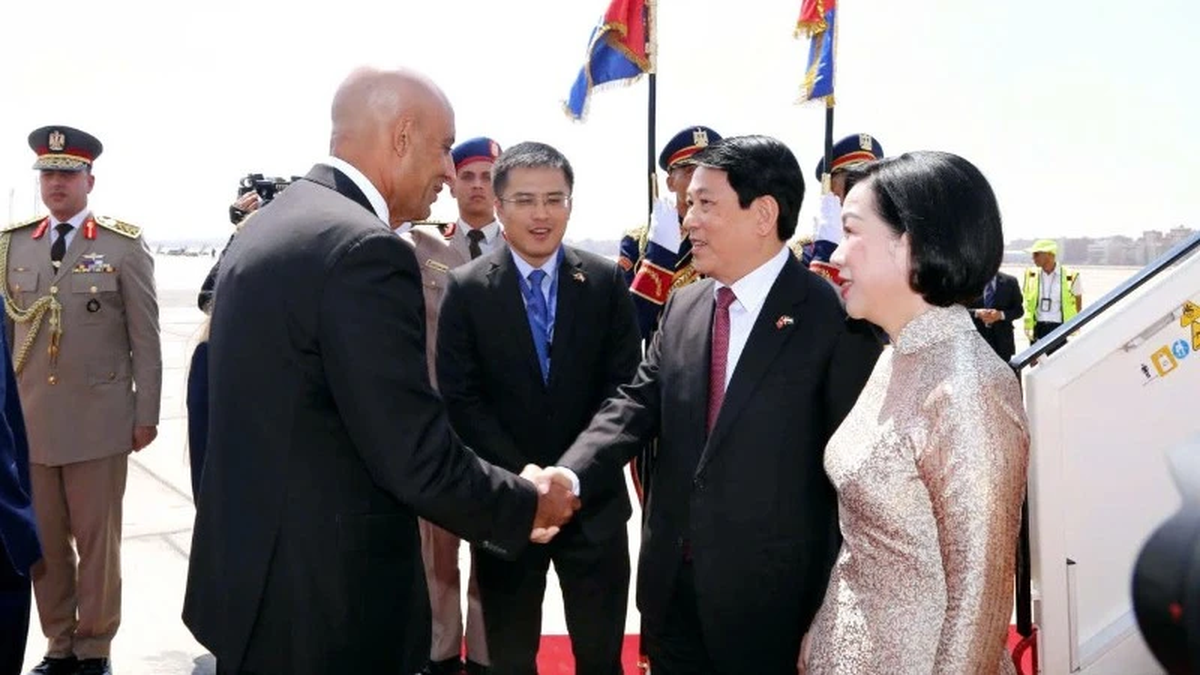

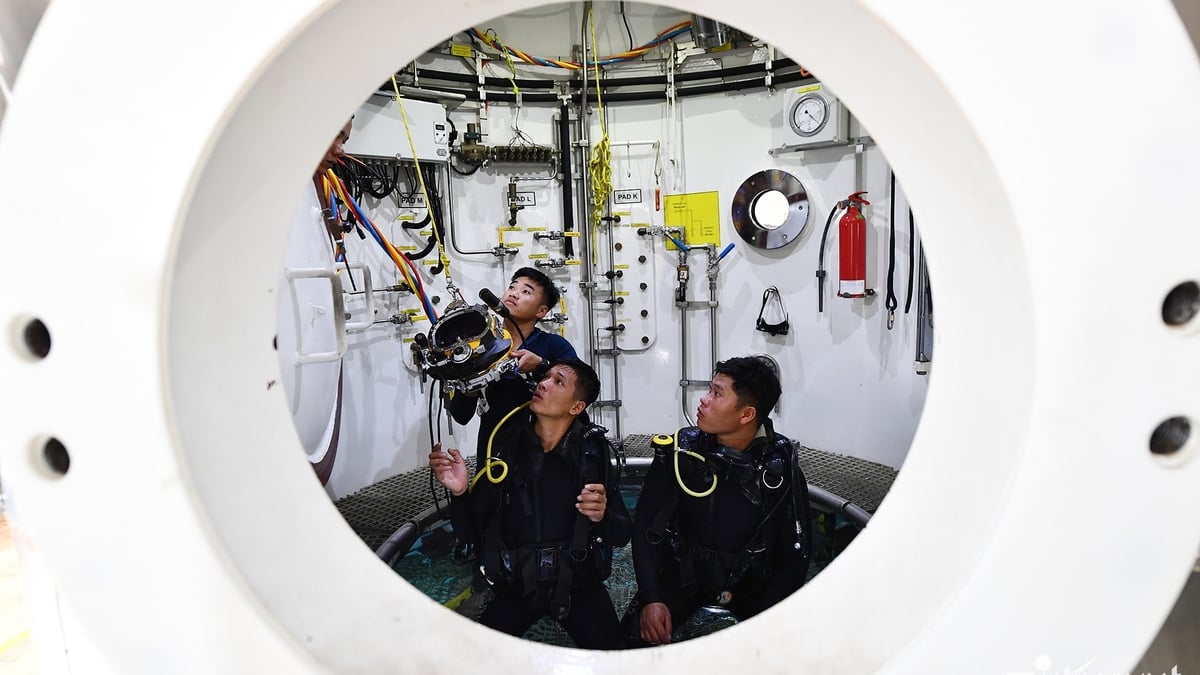

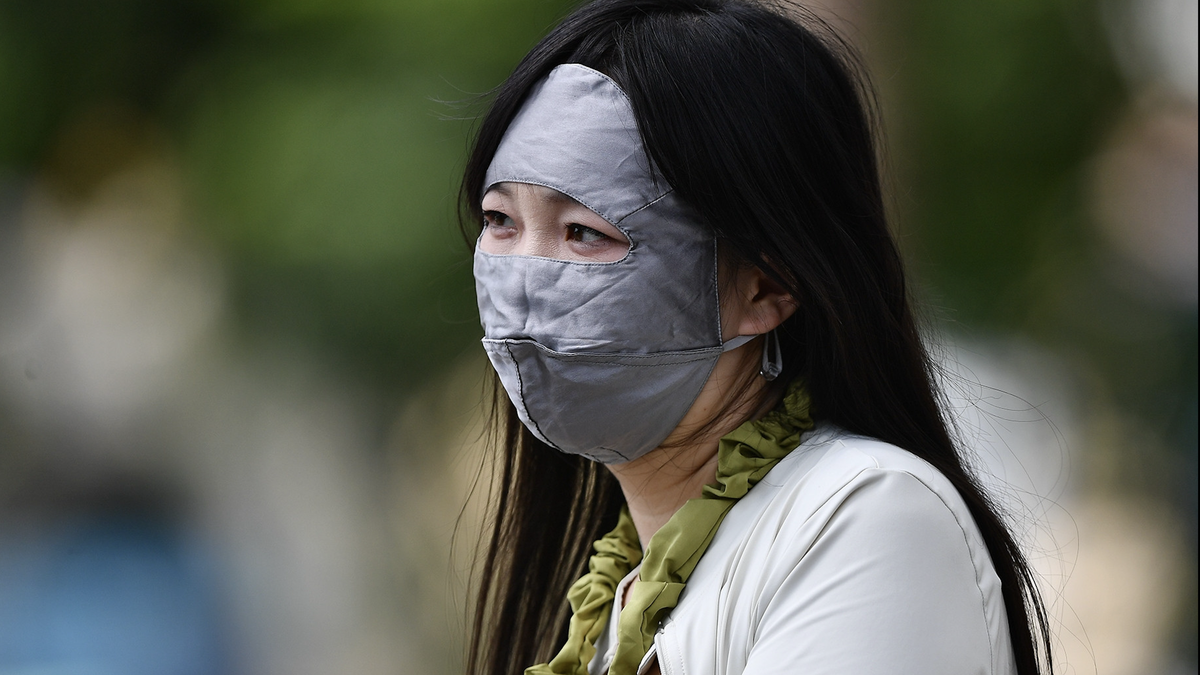




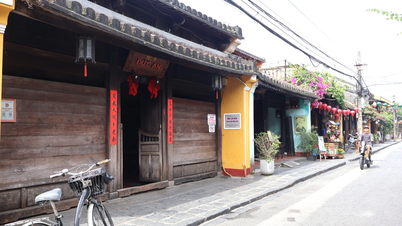

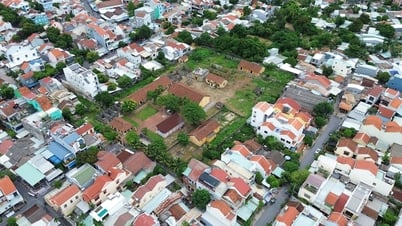

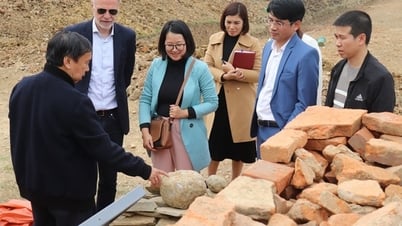

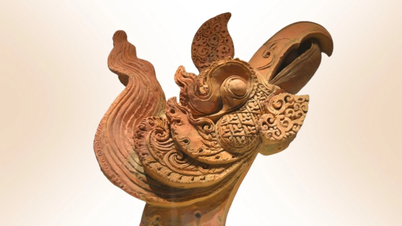

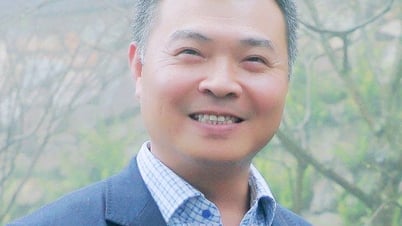








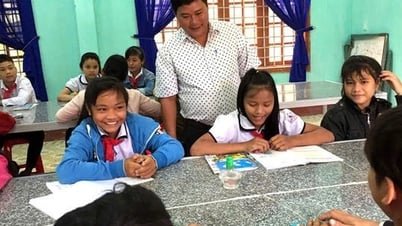










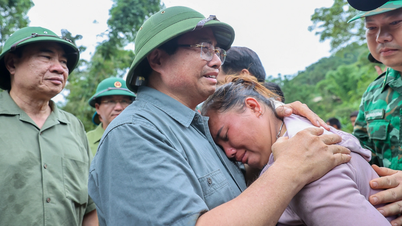

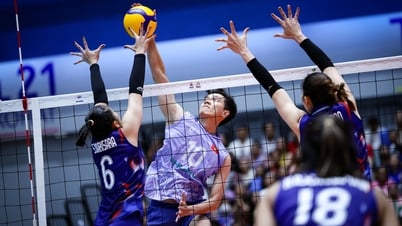

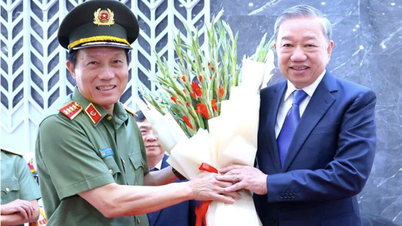
![[Infographic] Traditional friendship and good cooperation between Vietnam and Egypt](https://vphoto.vietnam.vn/thumb/402x226/vietnam/resource/IMAGE/2025/8/4/9a2112b4046e4c128fdcb5403489866a)

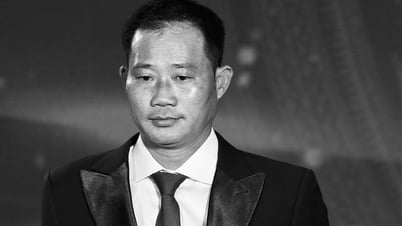


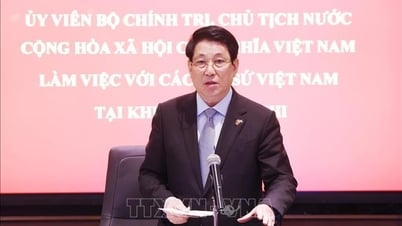

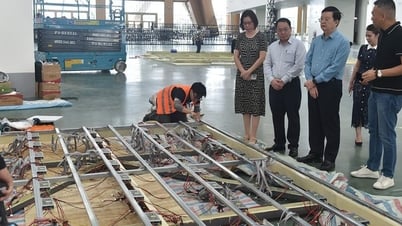

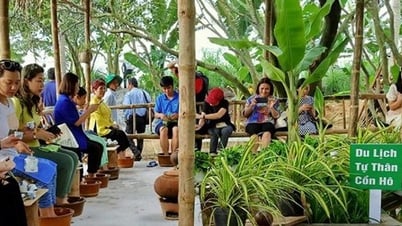
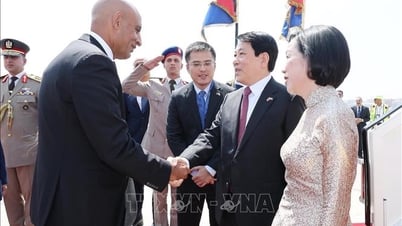




















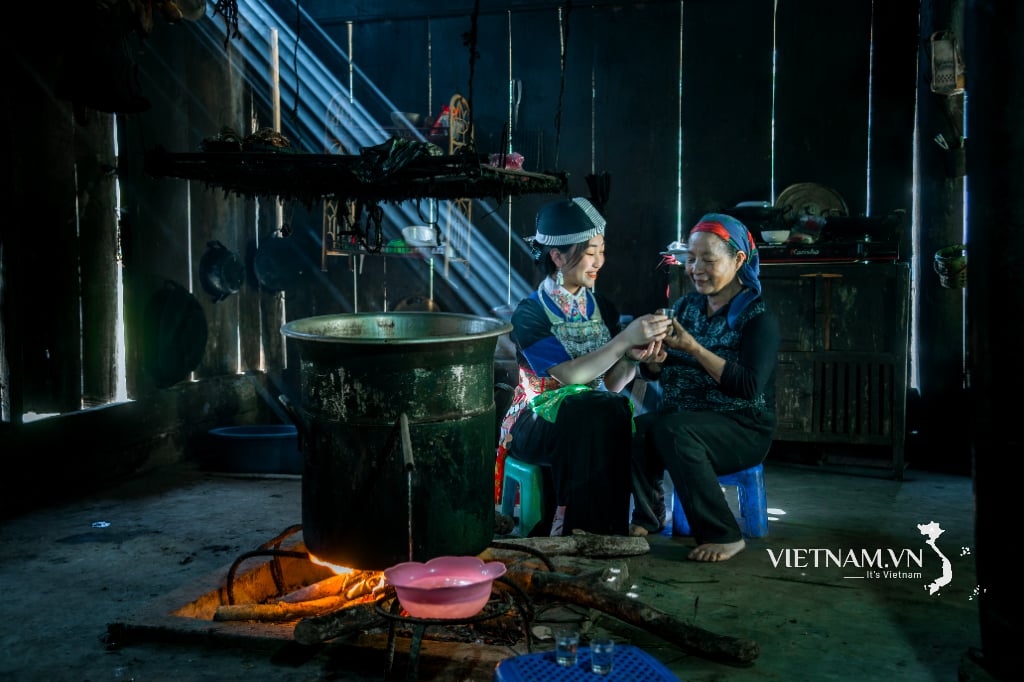
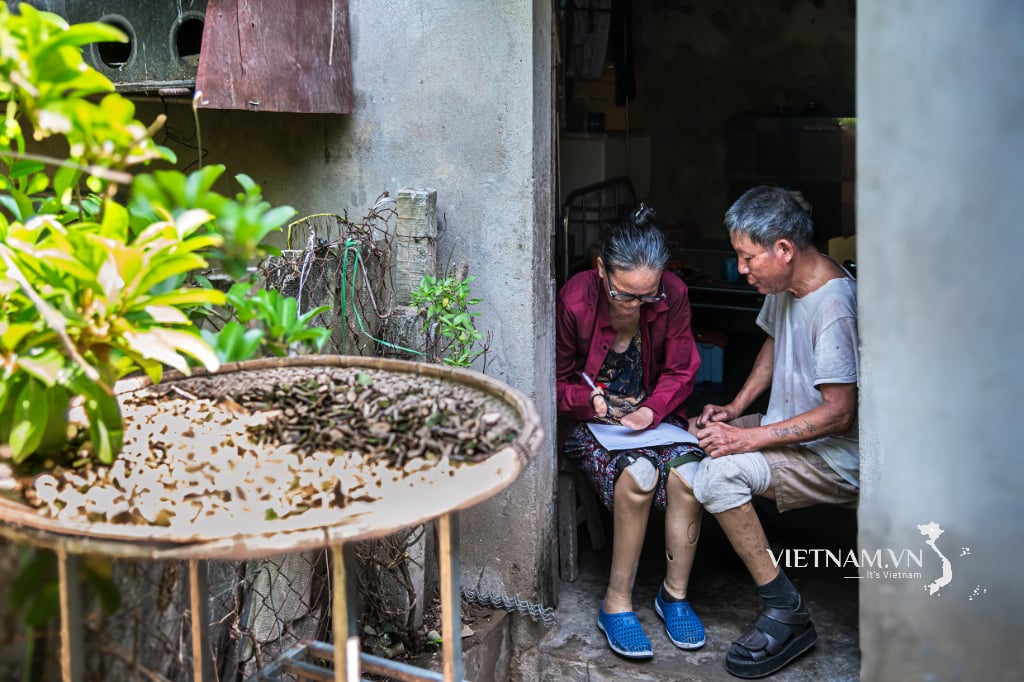

Comment (0)